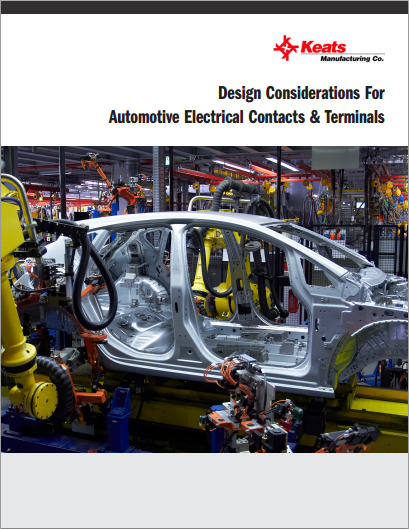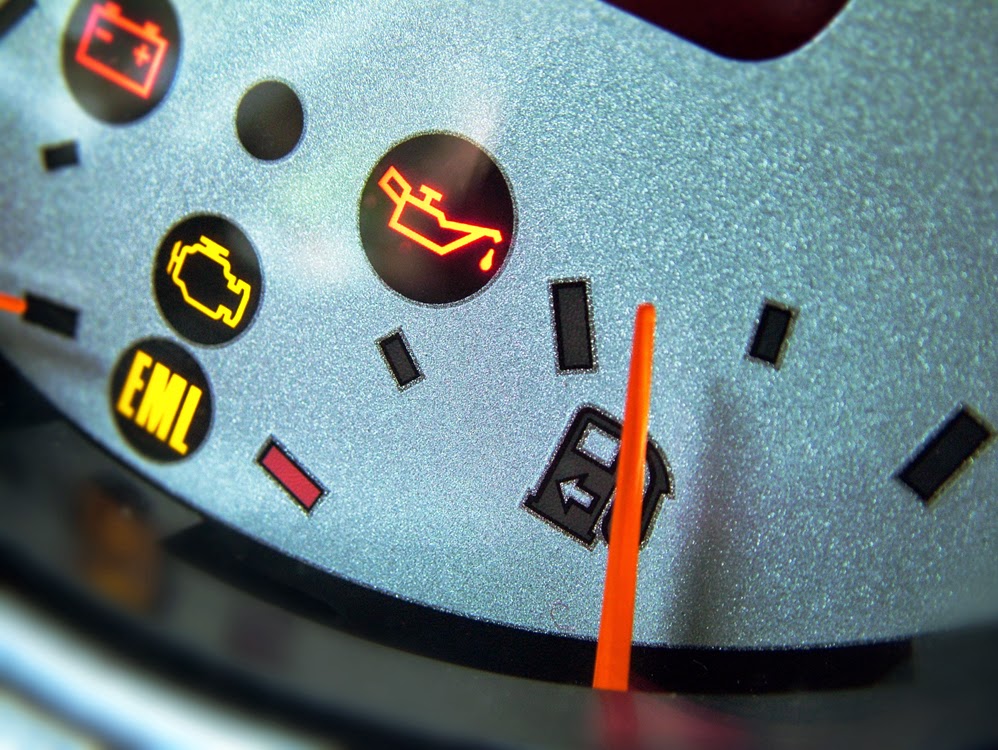What Engineers Need to Know When Designing Automotive Electrical Systems
Today’s modern vehicles are technically advanced with electronics that run dozens of systems.
From running the engine to running the on-board entertainment system, a new car just wouldn’t be same without all the high-tech electronics. When designing new electronics for vehicle use there are many factors that need to be considered.
To make the designing process a little simpler, we have created a new eBook, entitled Design Considerations for Automotive Electrical Contacts & Terminals, to explain all the various complications that must be considered and all the options available from Keats Manufacturing Company.
 Compiled by our very own experts, the free eBook is a guide to supporting and simplifying the engineering and design process of vehicle electronics.
Compiled by our very own experts, the free eBook is a guide to supporting and simplifying the engineering and design process of vehicle electronics.
Vehicle electronics must be able to withstand the tough conditions that cars and trucks encounter in the course of their lifetime. Utilizing the best possible contacts and terminals will ensure these systems work effectively over the life of the vehicle. This eBook lays out the information needed to meet the stringent design goals of the industry.
Keats’ eBook offer options for choosing the contact material for meeting parameters such as:
- Electrical conductivity
- Durability
- Separability, if the parts will repeatedly be mated
- Electrical and thermal resistance
- High signal passing ability or conductivity
- Thermal stability
- Cost
Design concerns are addressed as well as the benefits of different types of manufacturing processes, such as plating and forming options. With so many different options available in the fabrication of electrical contacts and terminals, it is important to understand how the processes differ and which ones will work the best in a certain application.
Consulting with an ISO 9001; ISO 14001 and TS 16949 compliant metal stamping company allows you to ensure that electrical contact designs will meet the demands of the automotive industry in terms of specifications, timeliness, and regulations.
Visit Keats Manufacturing today to download your free copy of Design Considerations for Automotive Electrical Contacts & Terminals. Feel free to contact us with any questions about your next project.



